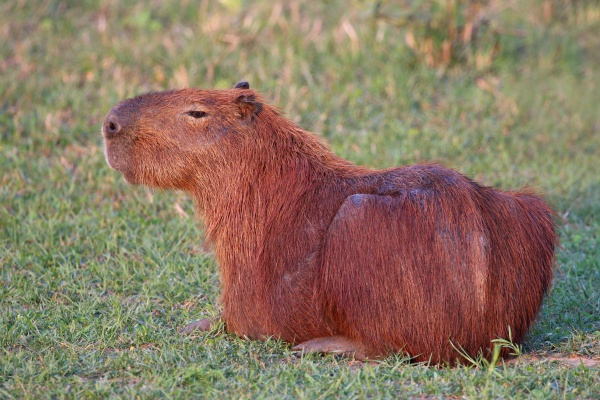Facts About Capybara
The capybara, native to South America, holds the distinction of being the largest living rodent in the world. Belonging to the genus Hydrochoerus, these social animals are often observed in groups, sometimes numbering as many as 100 individuals. Although not considered endangered, capybaras are hunted for their meat, hide, and fat. The name "capybara" is derived from the Tupi language, translating to "one who eats slender leaves."
Capybaras belong to the subfamily Hydrochoerinae and share a close phylogenetic relationship with rock cavies. These semiaquatic mammals thrive near water bodies and are adept swimmers, capable of holding their breath underwater for up to five minutes. As herbivores, their diet includes grasses, aquatic plants, and fruits.
Socially, capybaras are captivating. They live in groups with well-defined hierarchies and exhibit unique scent-marking and mating behaviors. Females often have the upper hand in selecting their mates. They typically reproduce in water, with a gestation period ranging from 130 to 150 days, resulting in litters of about four young. These young capybaras quickly integrate into the group and are weaned by 16 weeks.
Regarding conservation, while capybaras are not currently threatened, hunting and habitat loss have impacted their populations in some areas. In certain regions, they are farmed for their meat and skins, and their adaptability to urban environments has allowed them to thrive in zoos and parks. In captivity, capybaras can live up to 12 years. In Japan, they are particularly popular, especially noted for enjoying hot springs during the winter months.

 Panama
Panama